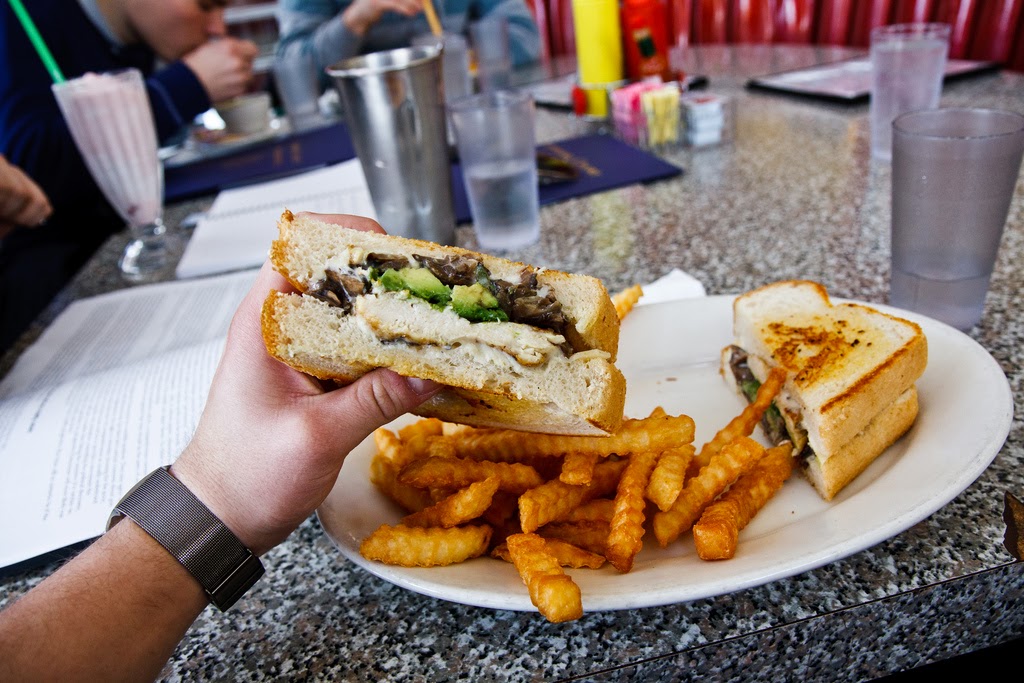Increases in Eating Out Put More Pressure on Pretreatment
- Mar 27, 2014
Changing demographics and lifestyles are producing greater strains on water treatment systems and could threaten water quality. Surprised? It’s true. And we’re not just talking about the strain of a growing population.
Since the 1970s, the amount of food consumed at restaurants or purchased from take-out spots has increased dramatically. And with that, comes more commercial kitchen wastewater entering the sewers.
A 2006 USDA study, for example, found that from the 1970s to the 1990s, the percent of daily calories from meals purchased away from home increased from 18 percent to 32 percent. And from 1974 to 2004, away-from-home spending grew from 34 percent of total food dollars to about half of all food expenditures.

And this isn’t just an American trend. A 2012 UK survey found that British consumers were eating out an average of three times every two weeks, up from two times in the same period just a year earlier.
From 2007 to 2012, household spending on fast food in South Africa grew 5.4 percent, faster than in many wealthier countries.
Add to those numbers the fact that the population is increasing, and you get dramatic growth in the amount of food purchased away from home.
Why does this matter?
More dining out means more food service establishments. Consider that a generation ago, the idea of buying prepared food from a grocery store or a convenience store was unheard of.
Now, those same establishments often have full commercial kitchens producing entire meals. Plus, there’s simply more restaurants — more coffee shops, fast food joints, pizza places, full-service restaurants and the like. From 1999 to 2009, the number of restaurants in New York City alone grew 42 percent.
And all those food service establishments mean more grease. More commercial fryers and more grease of all sorts that could enter the sewer system if it’s not intercepted.
While those pollutants can be handled by waste treatment plants, too much grease in sewer lines leads to clogged pipes, blockages, back-ups and costly repairs. All that eating out can be costly.
Of course, wastewater regulations across the country and around the world have been tightened and the focus has turned to pretreatment to stop grease at its source.
But as these trends continue, pretreatment coordinators and other wastewater system managers will need to continue to educate food-service operators on pretreatment rules and help them find ways to economically and effectively keep grease out of our sewer systems.







